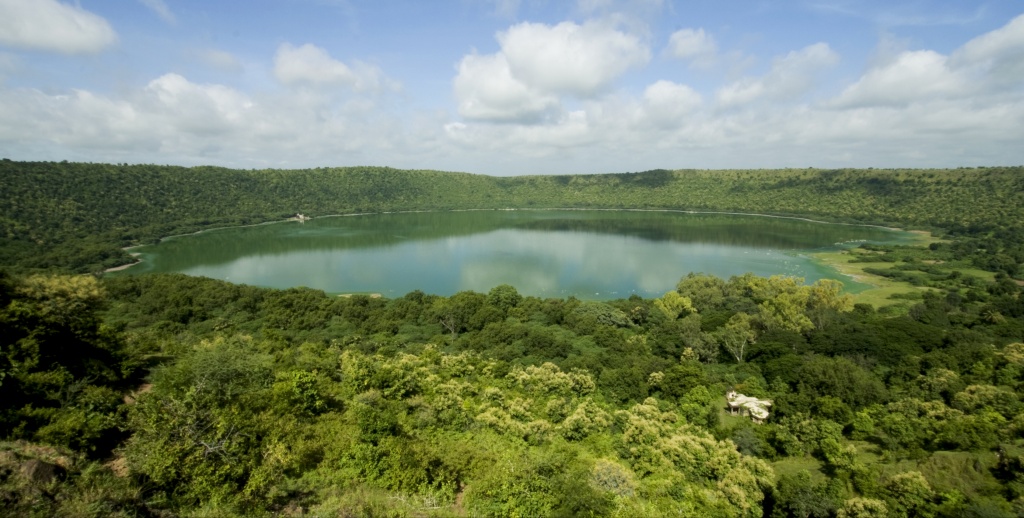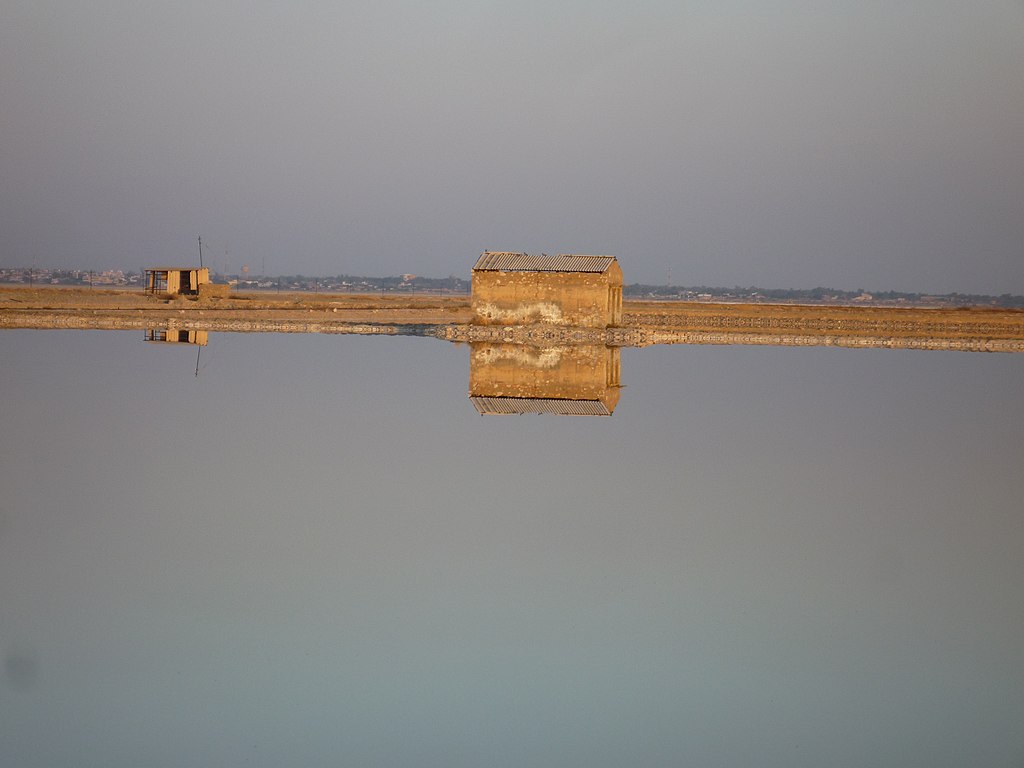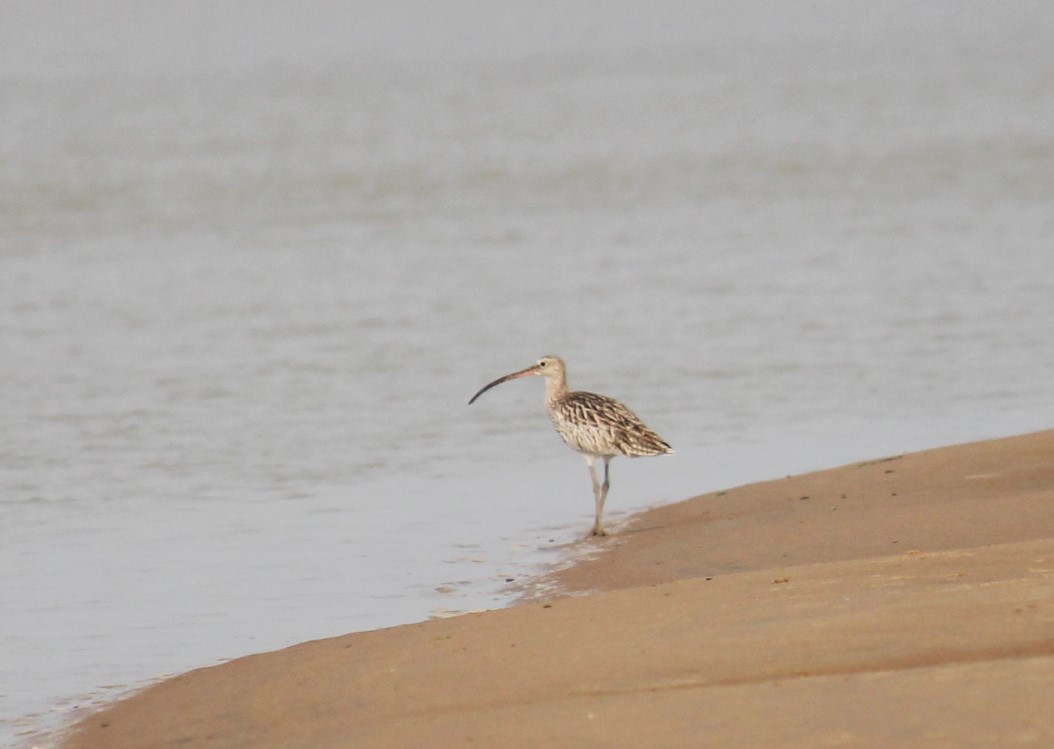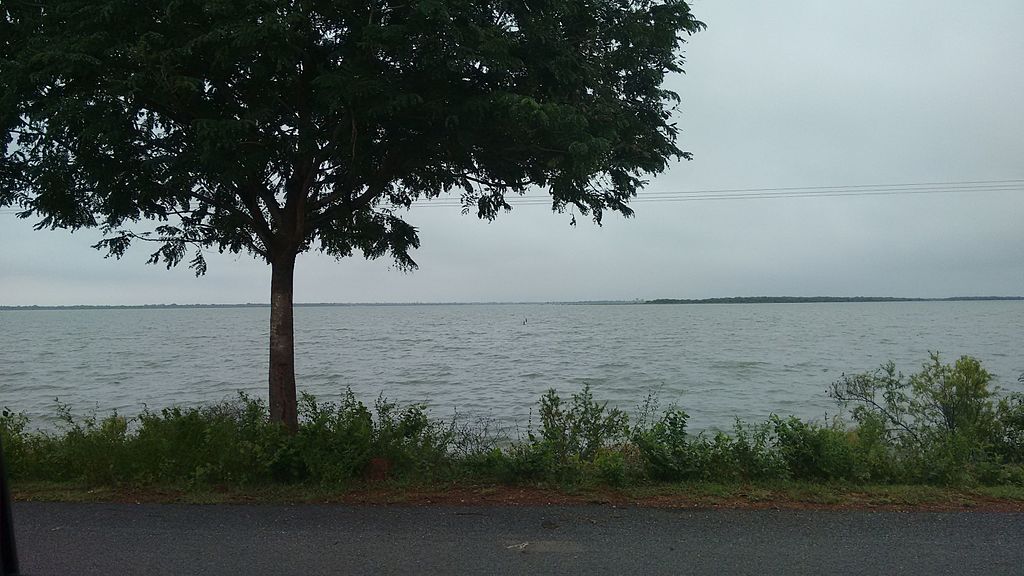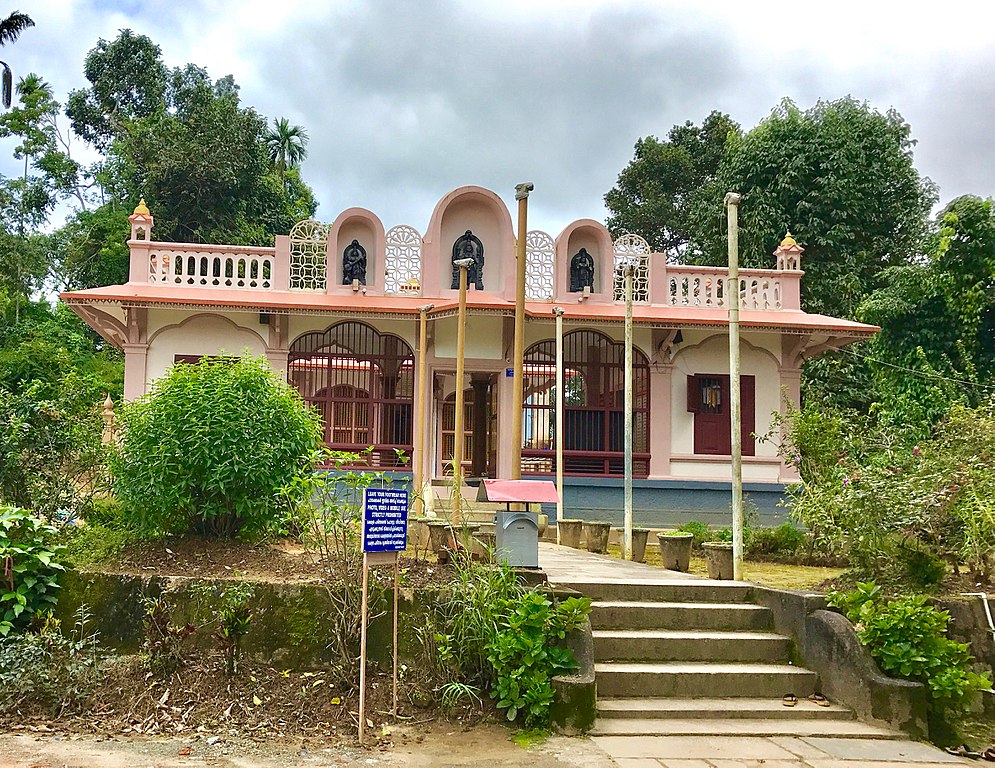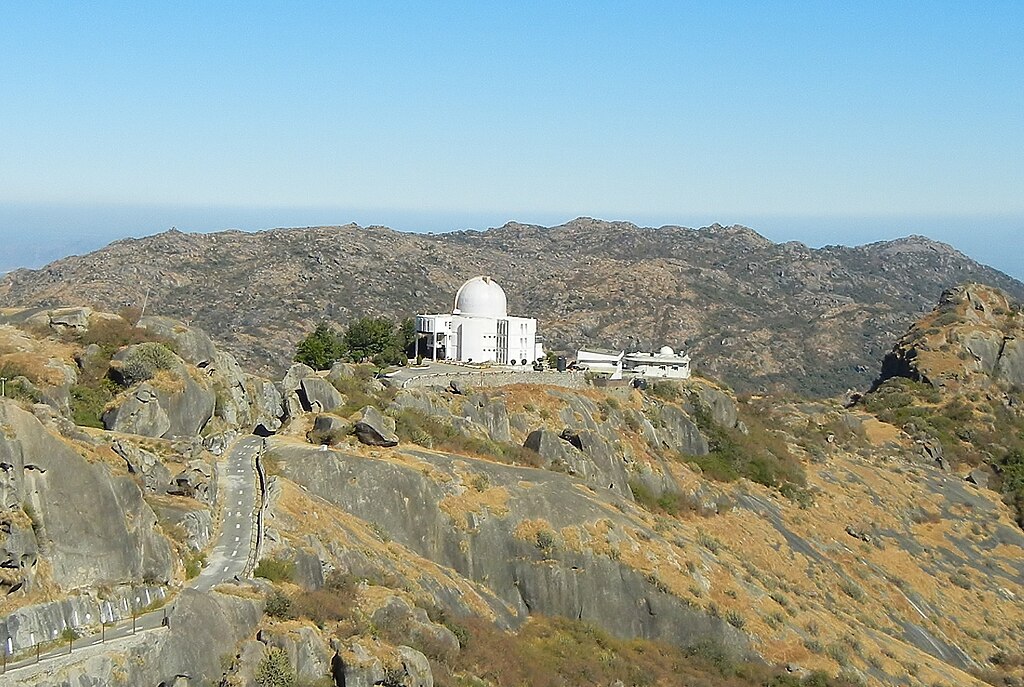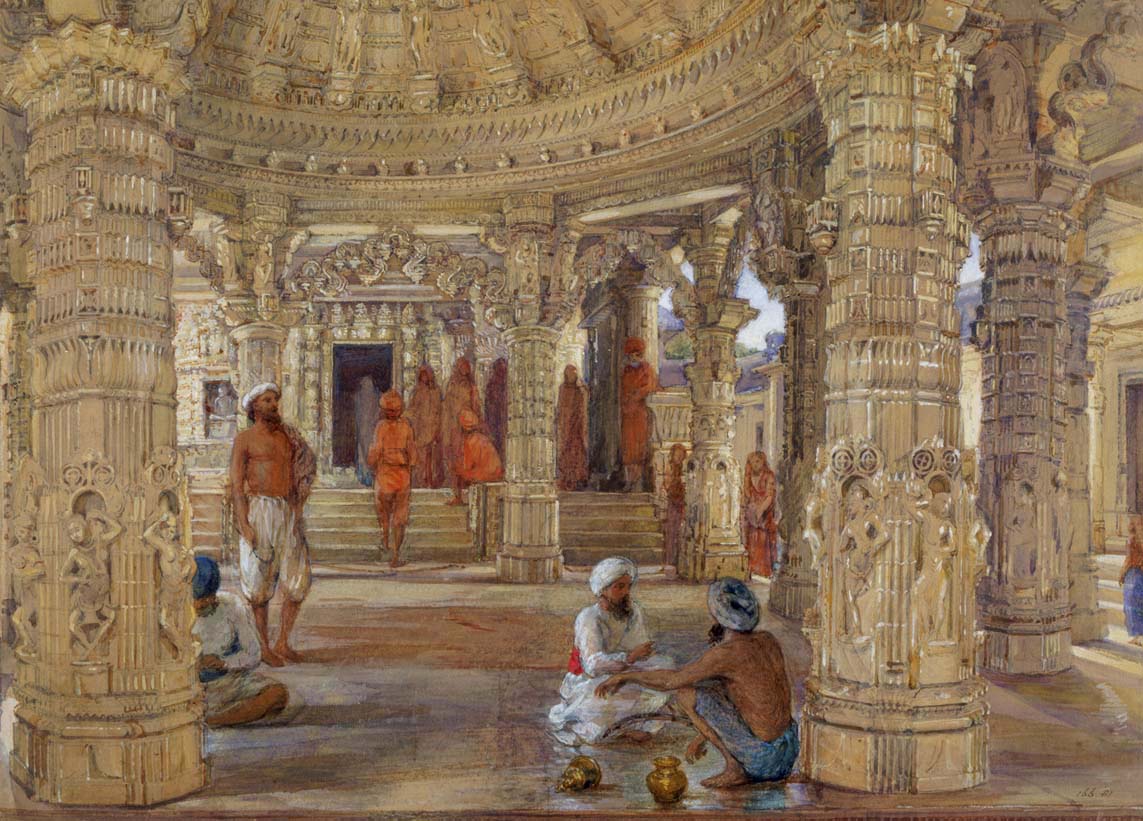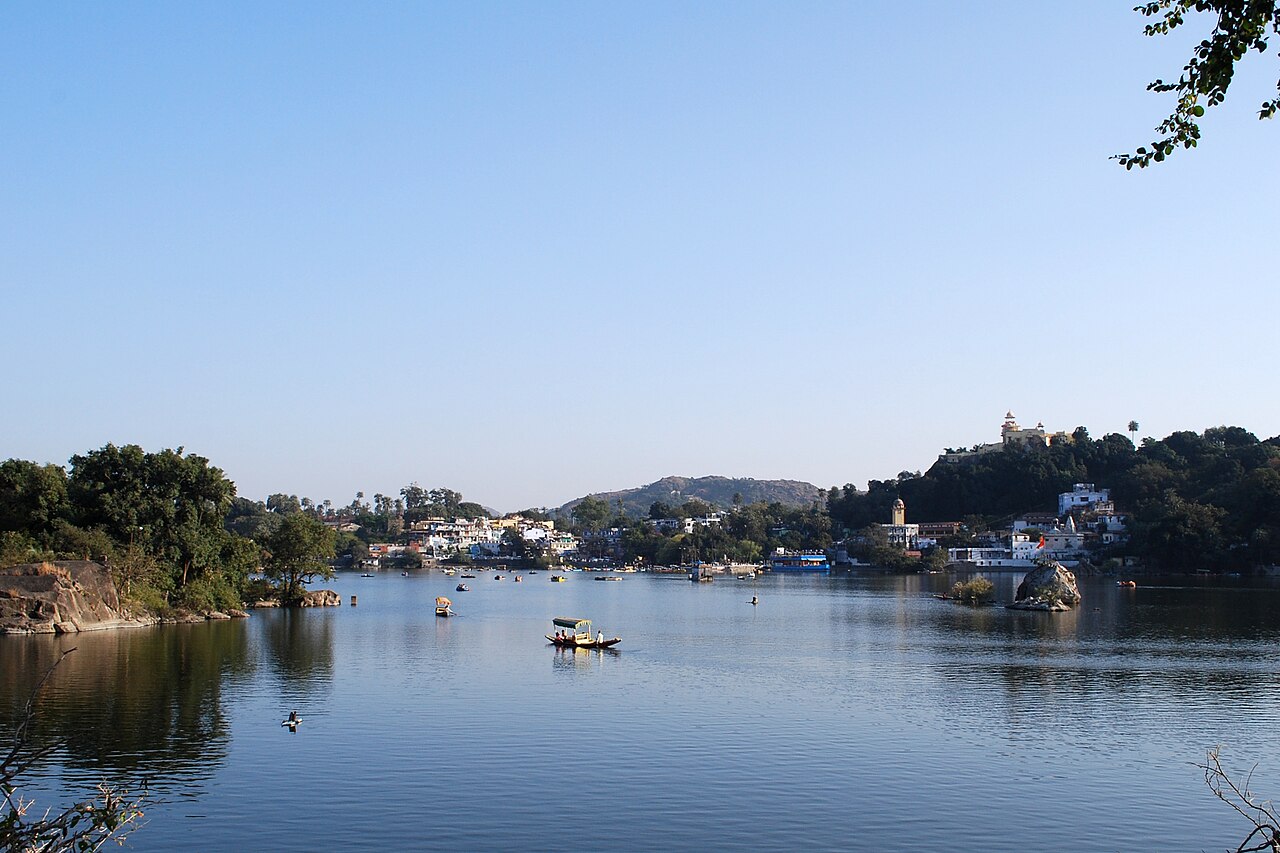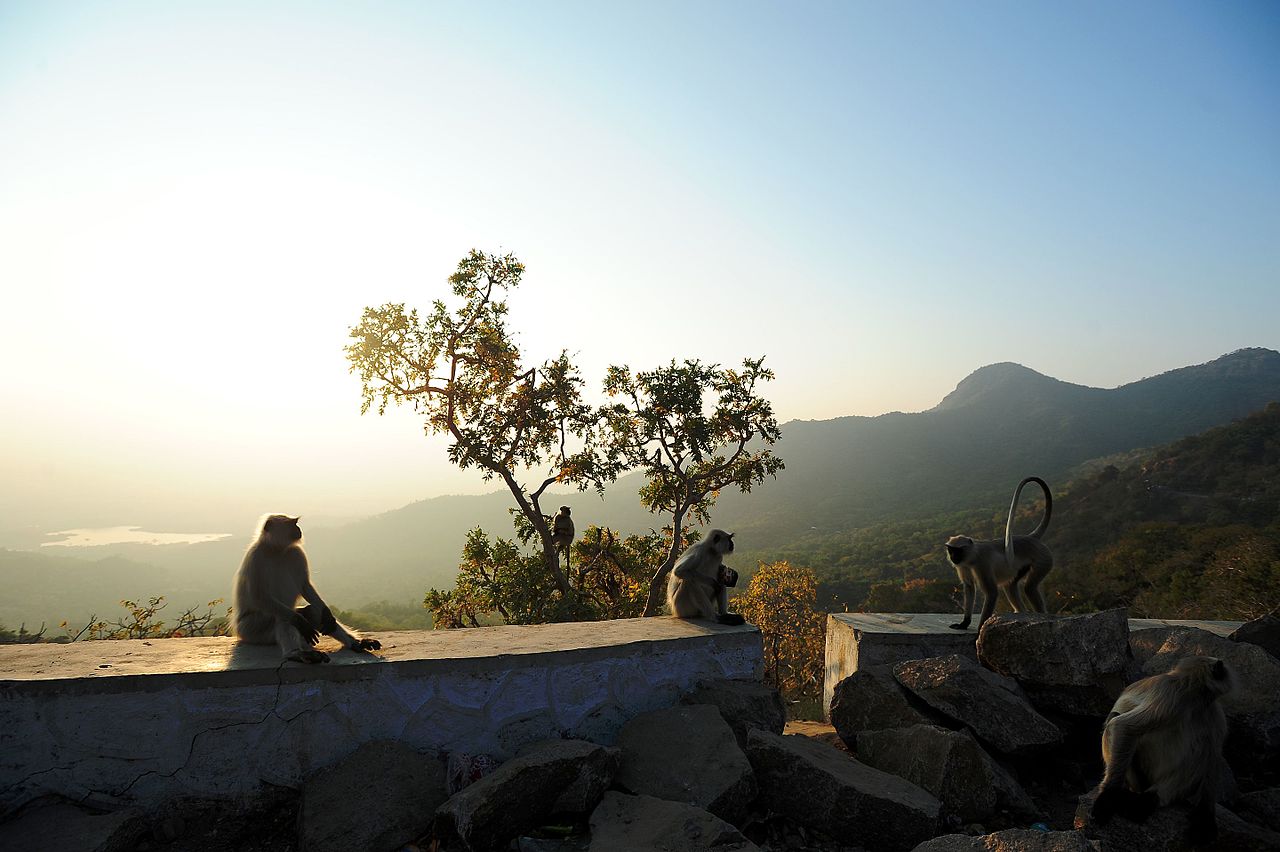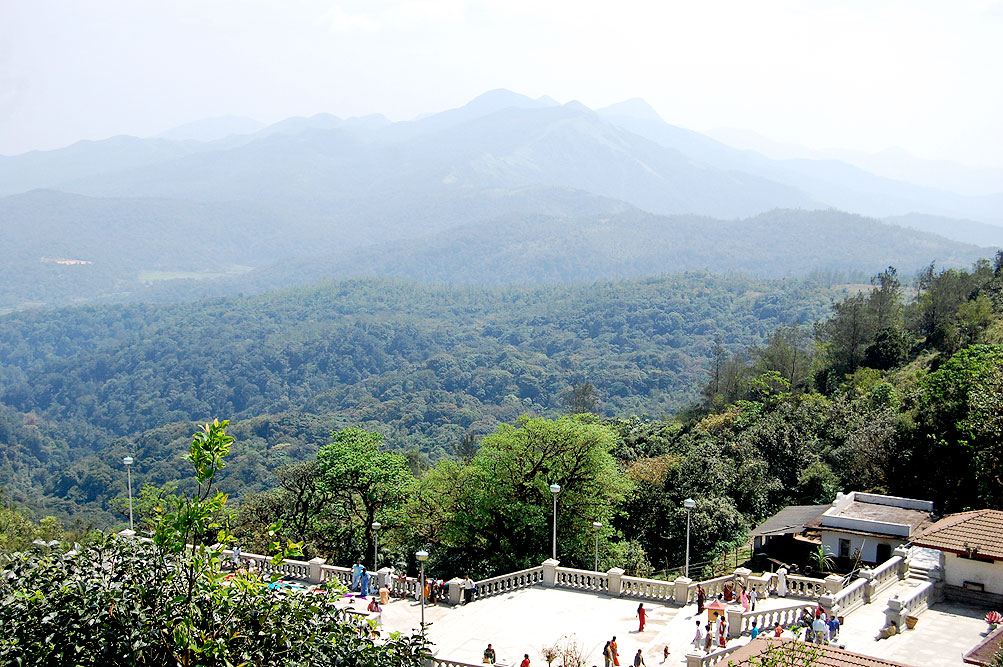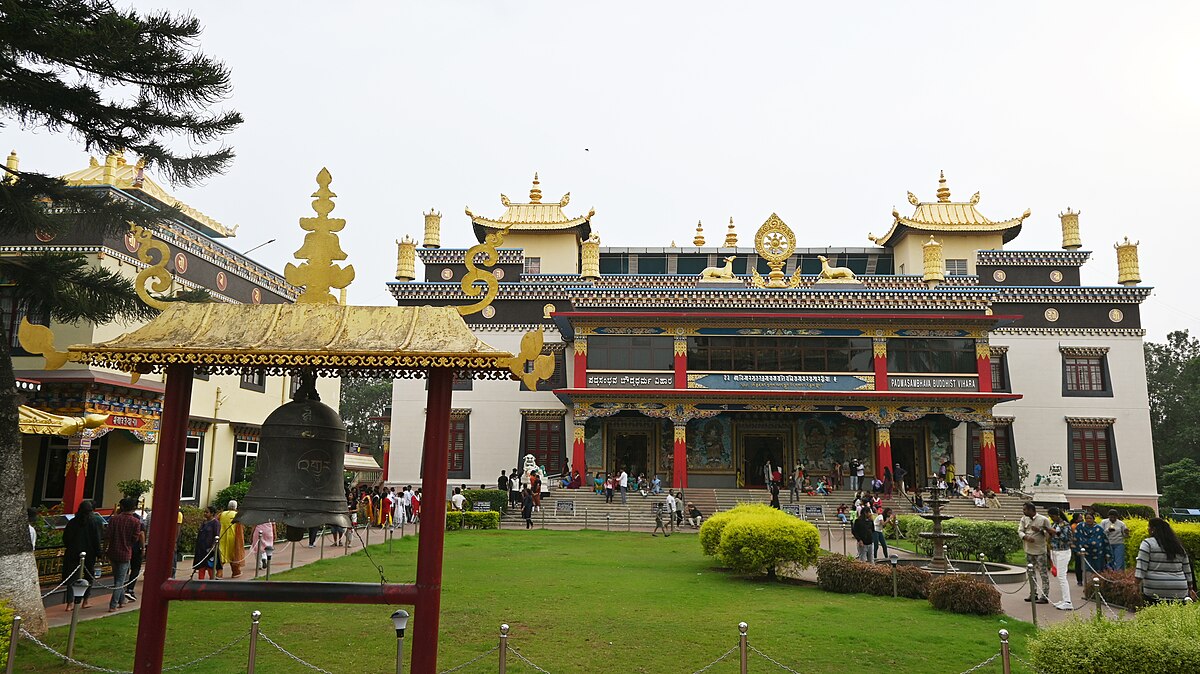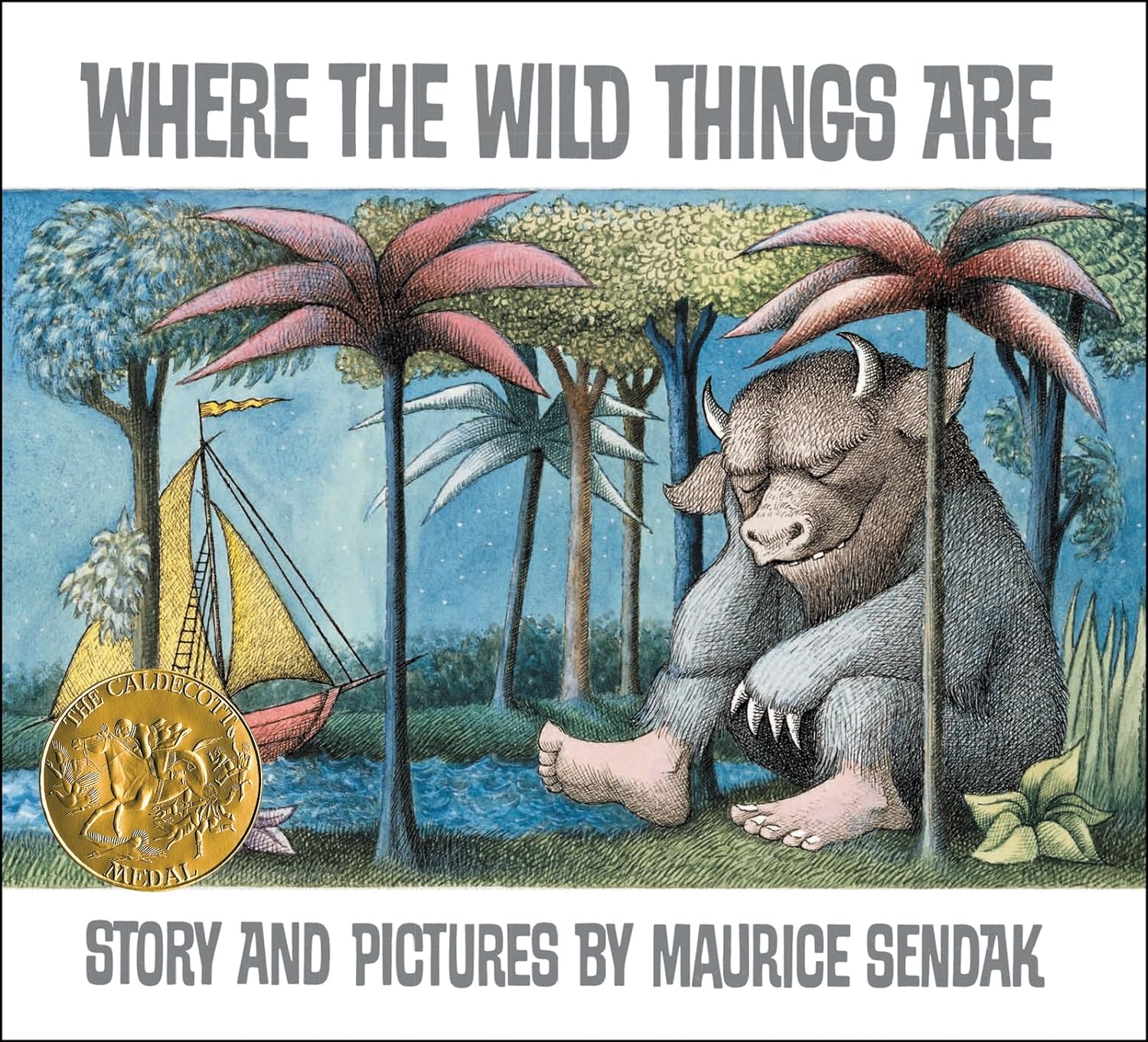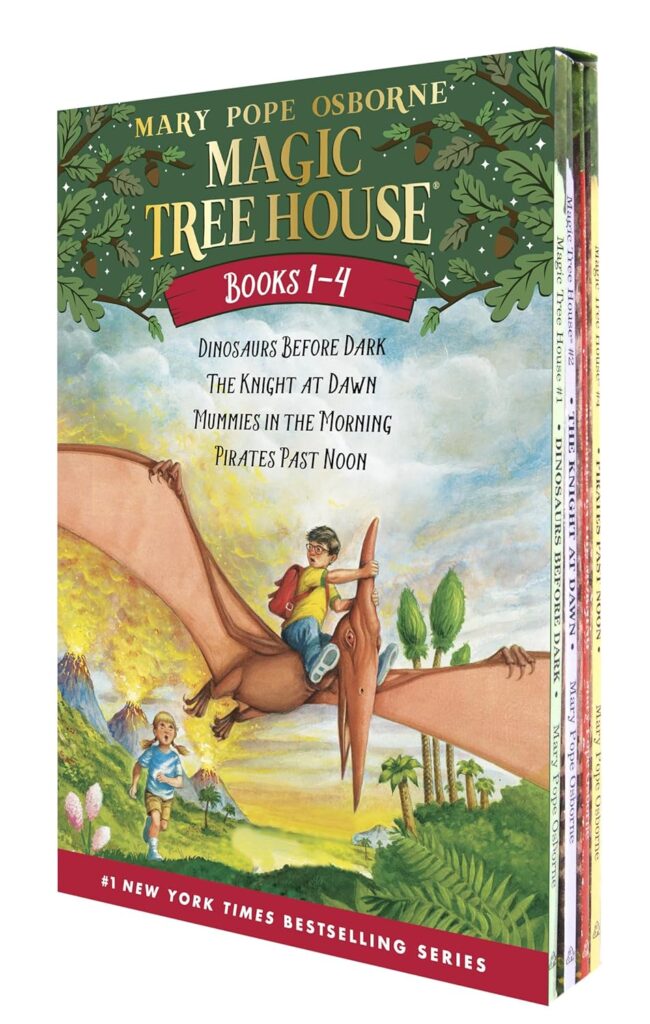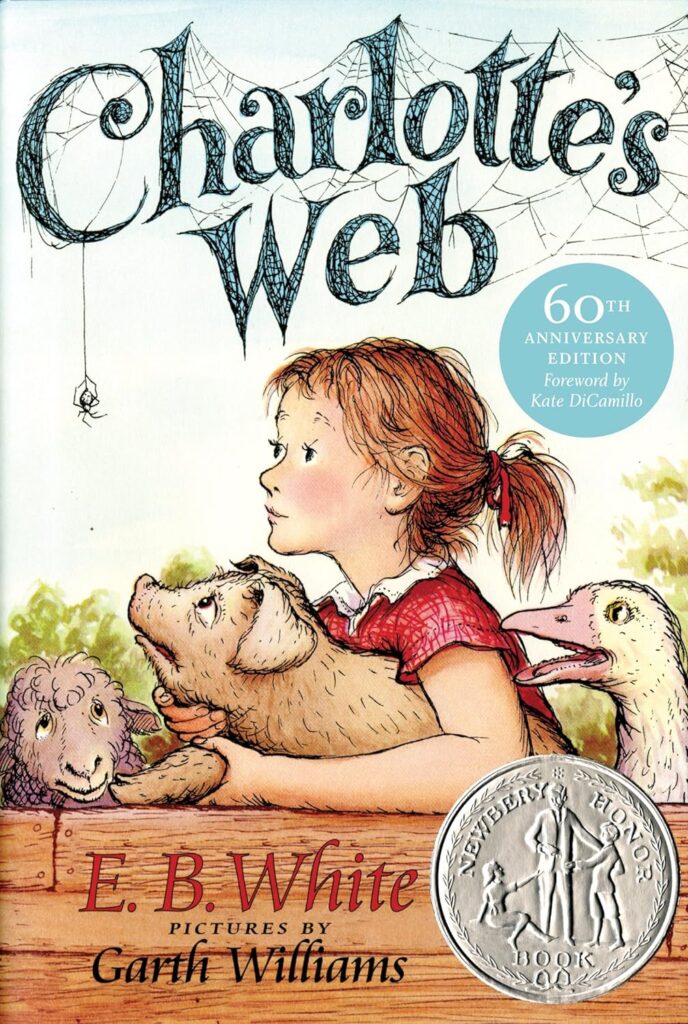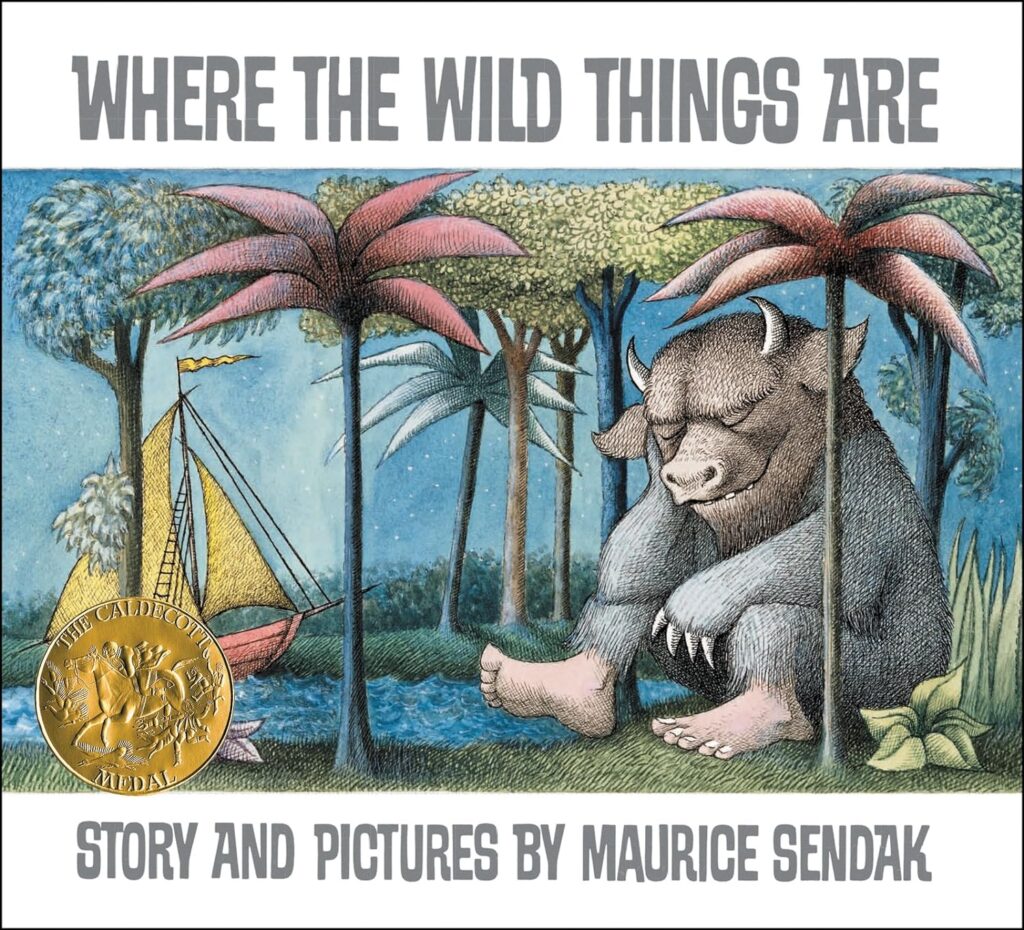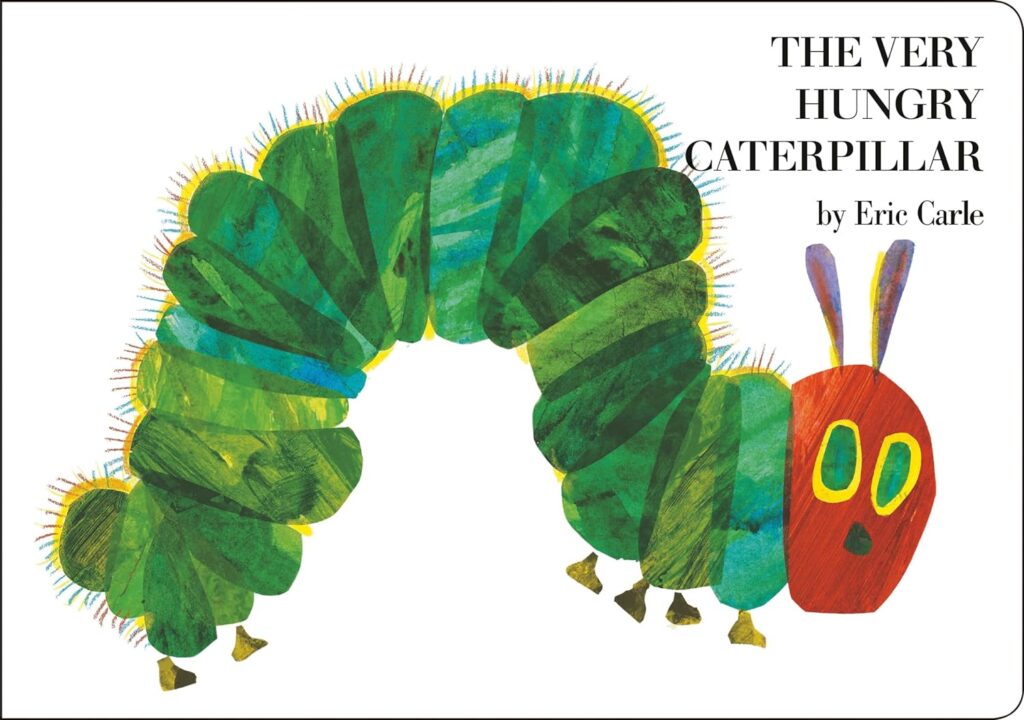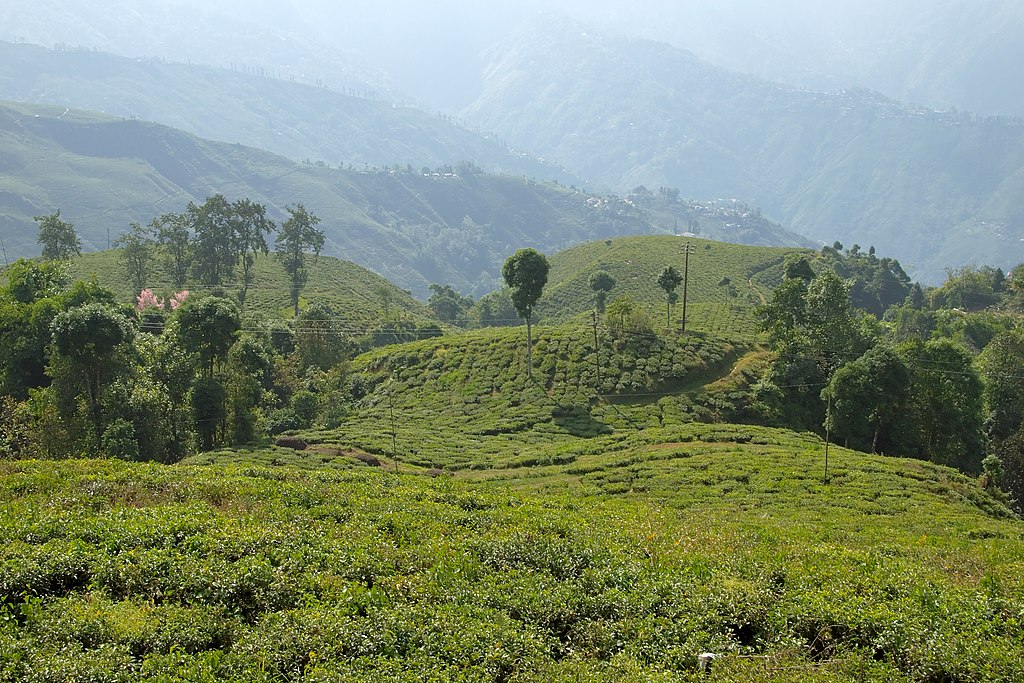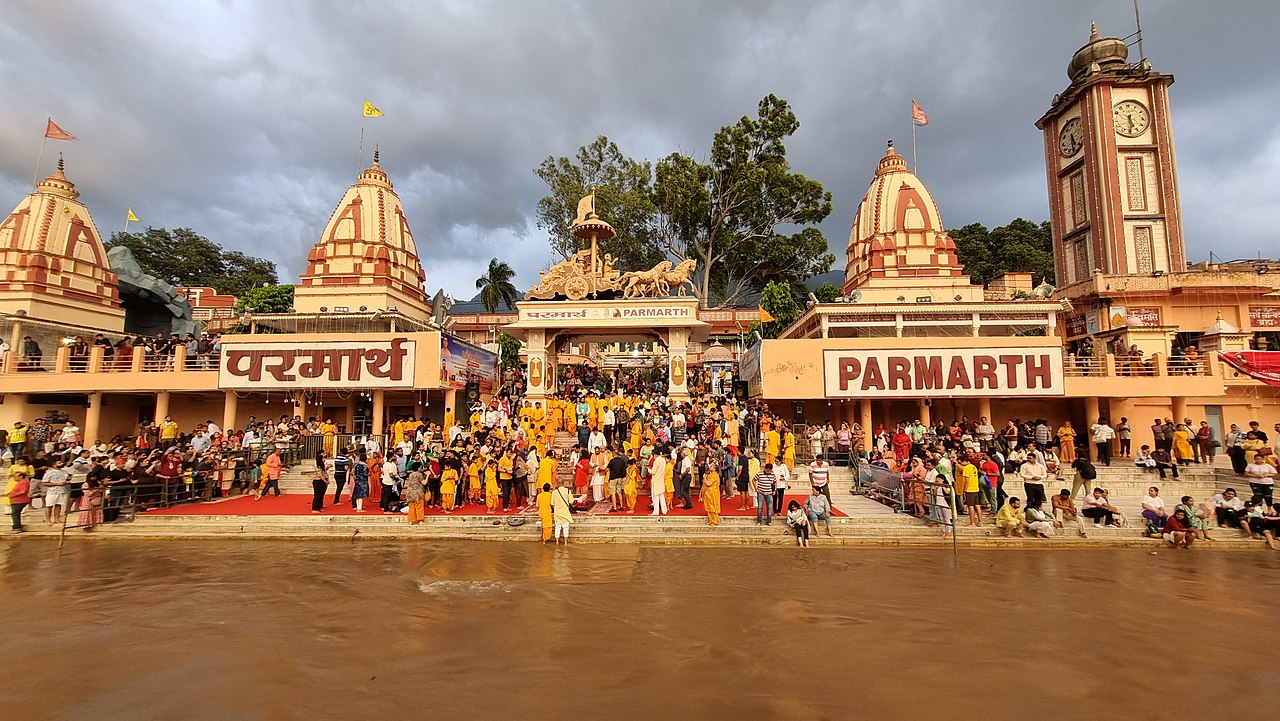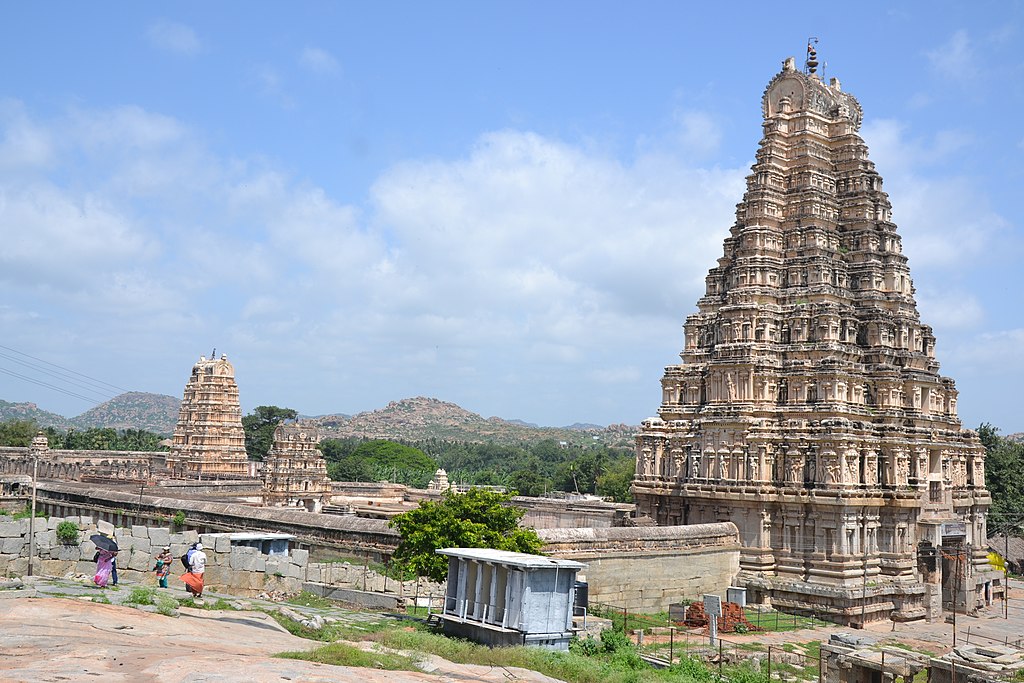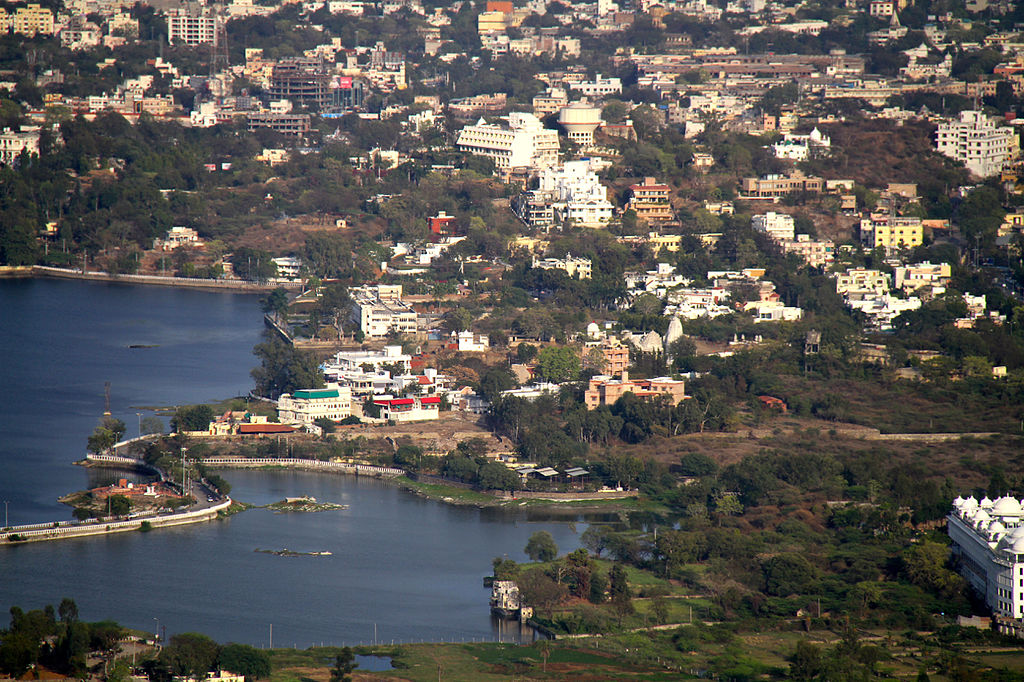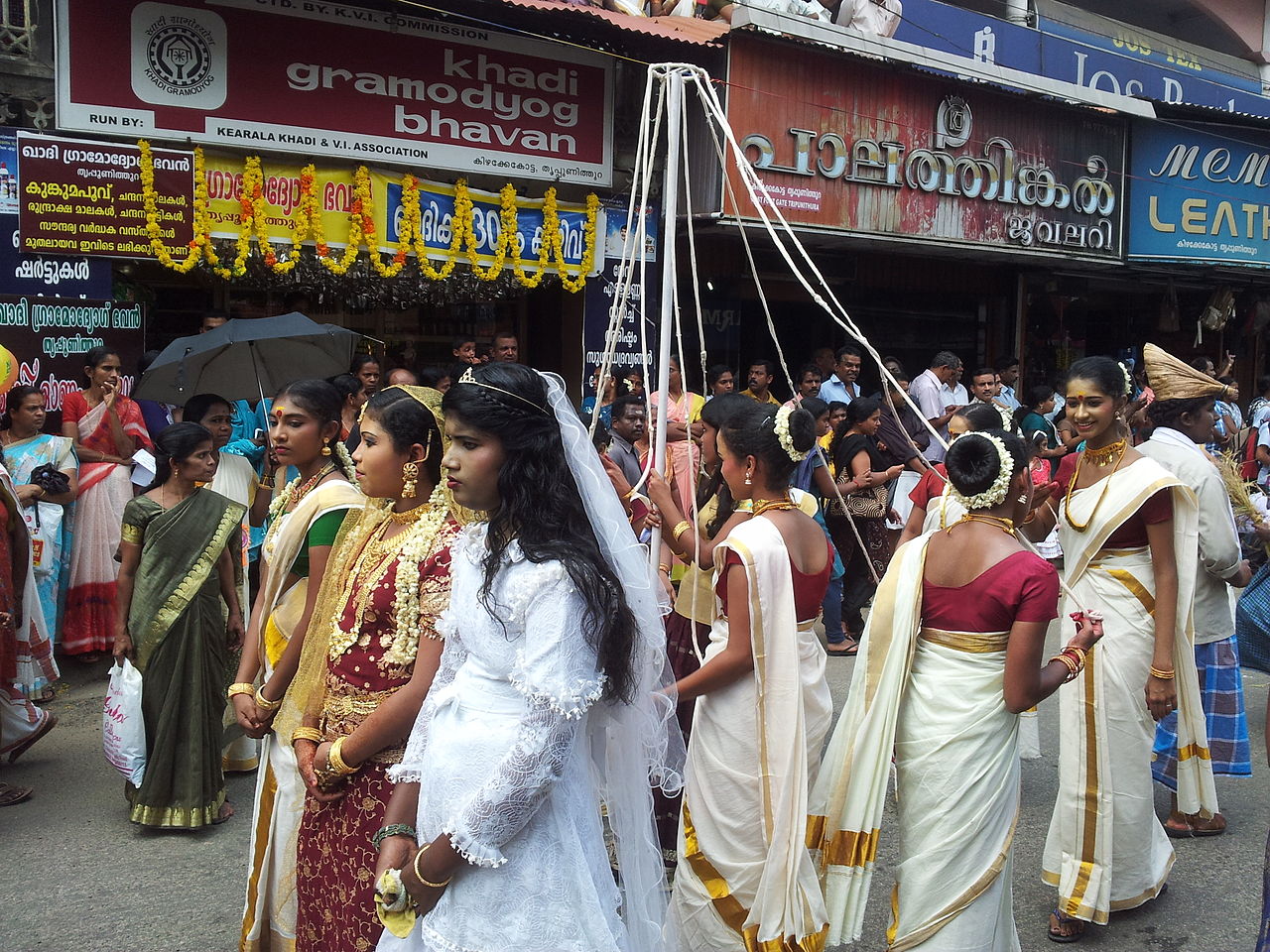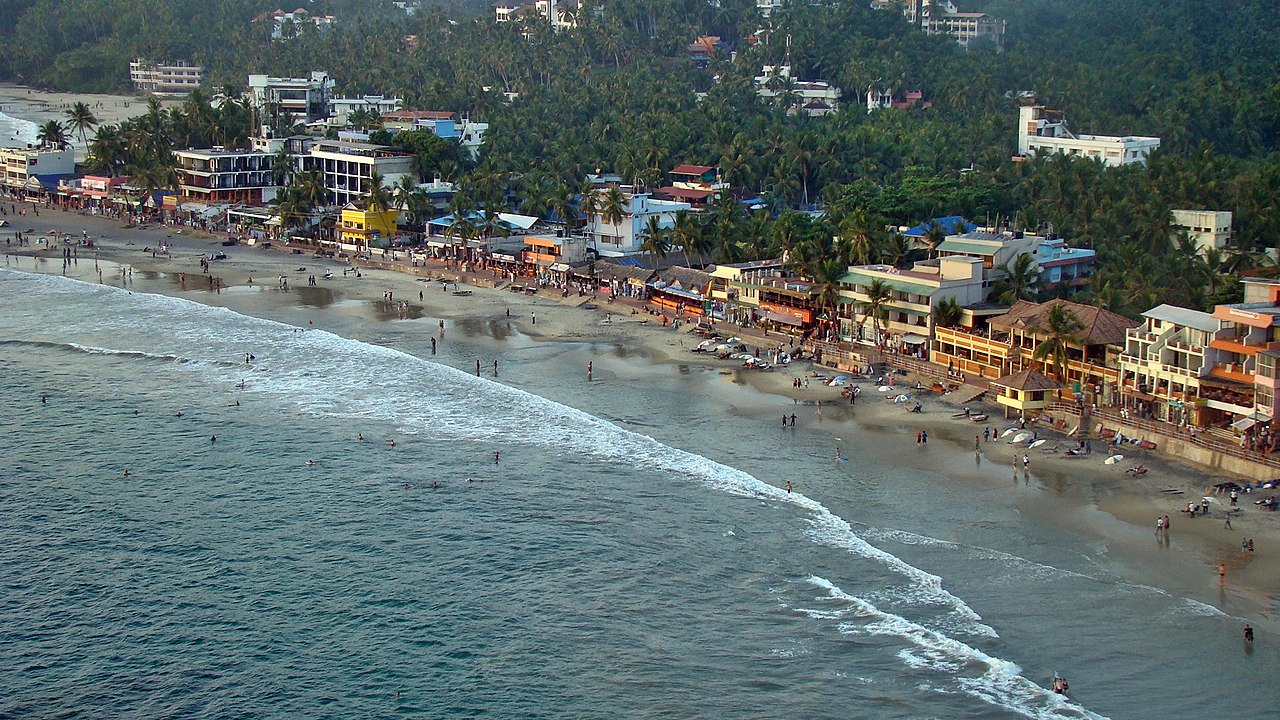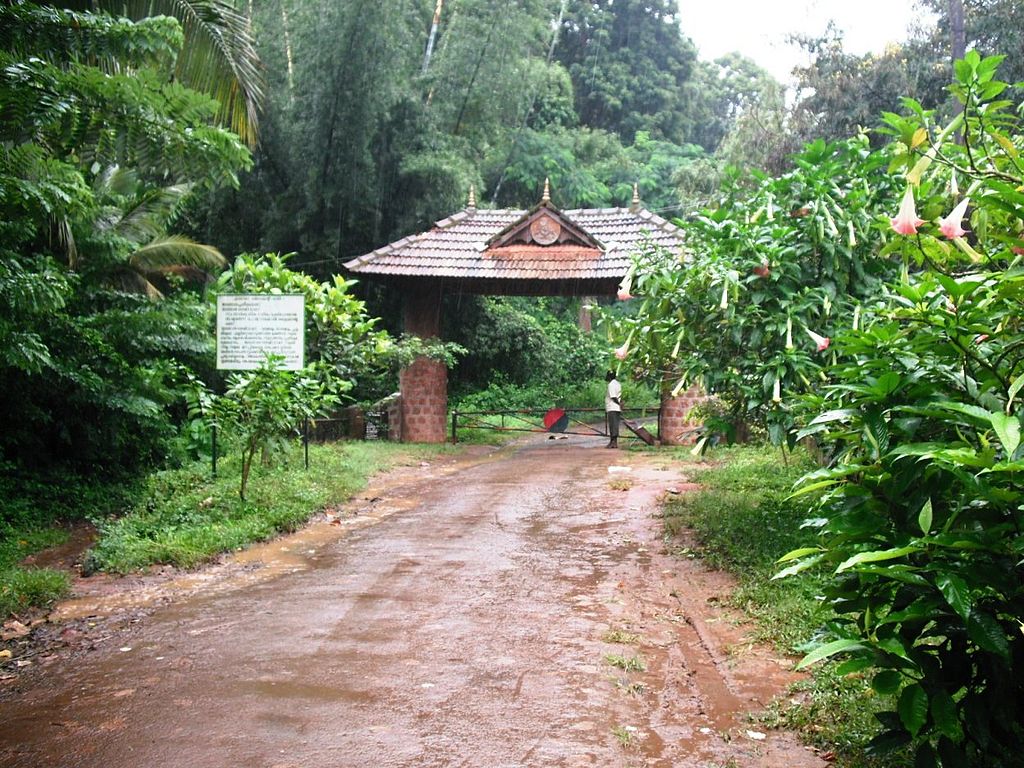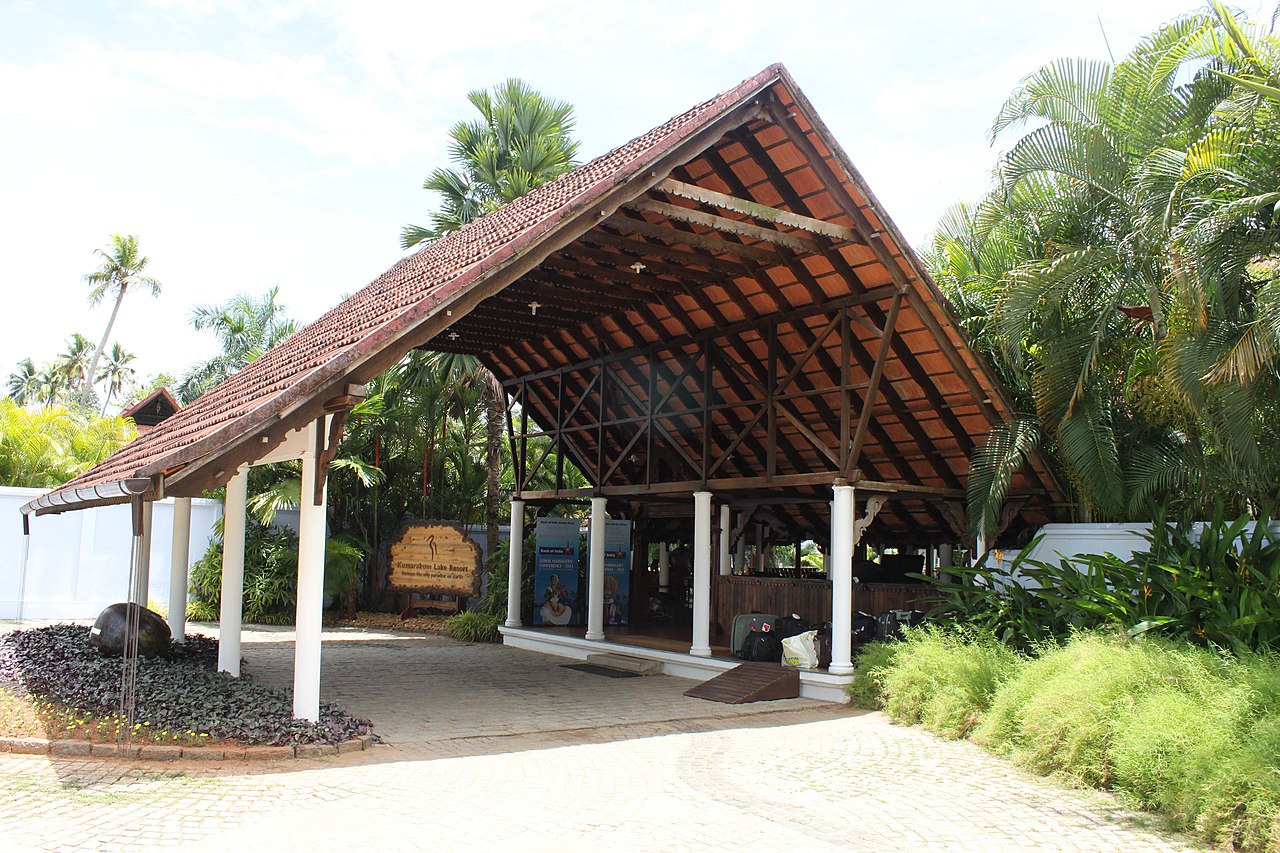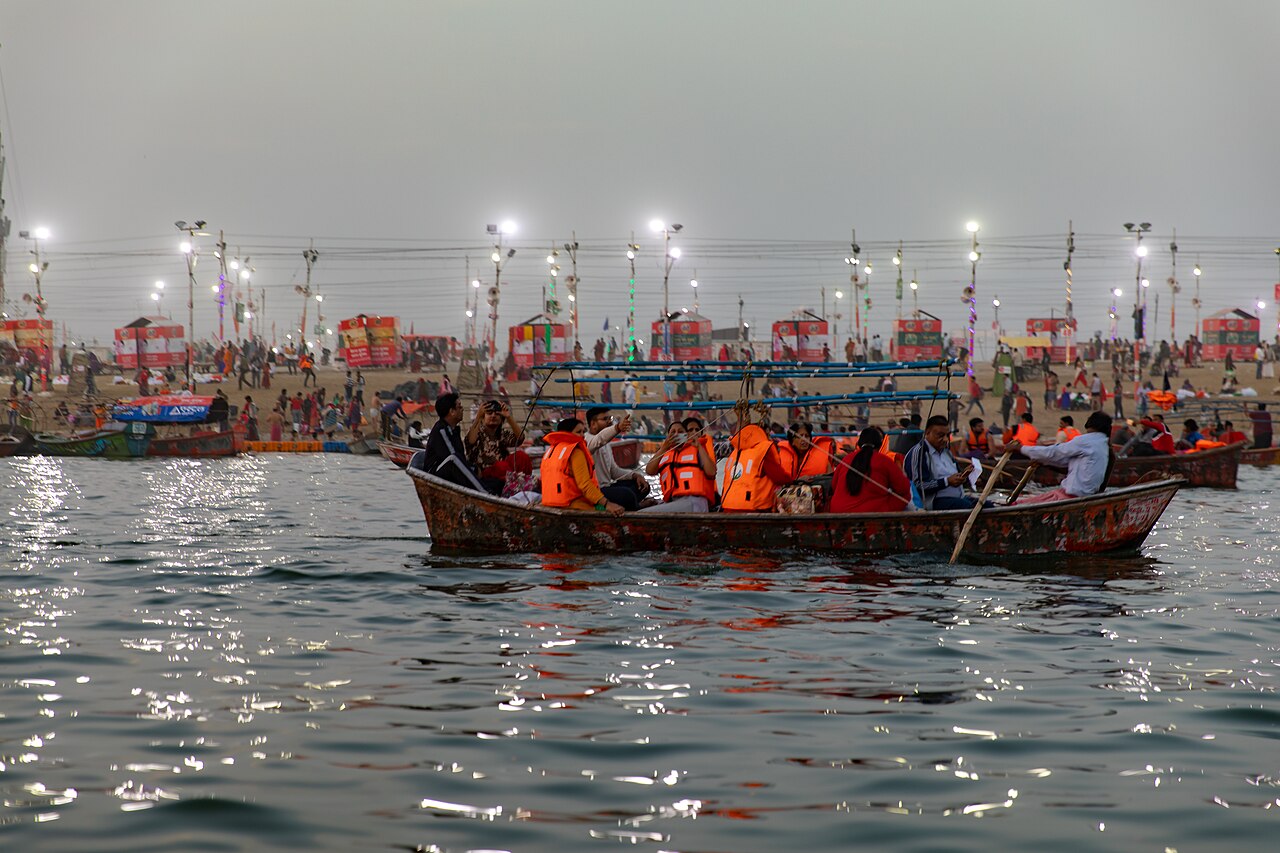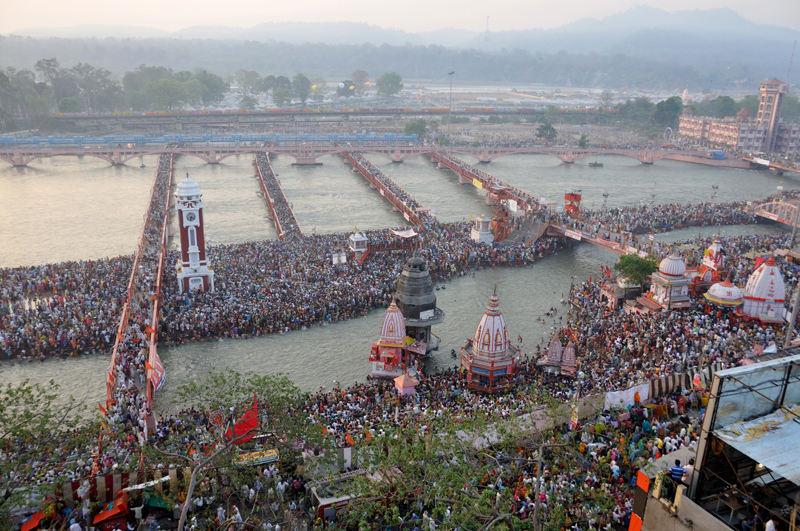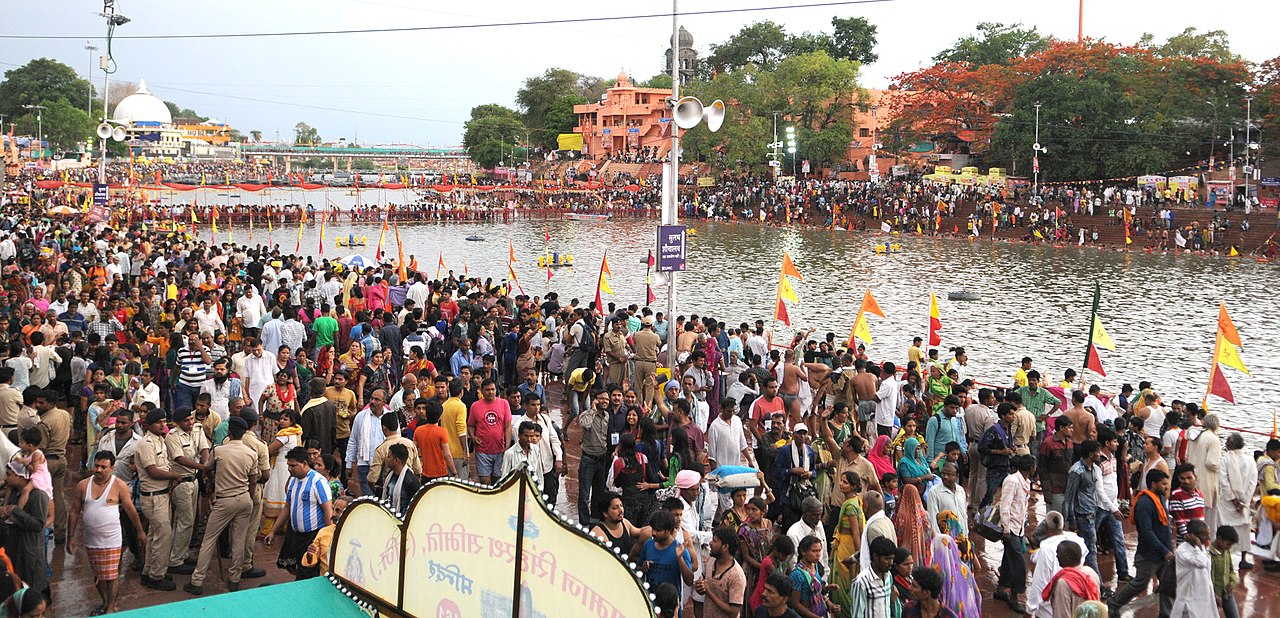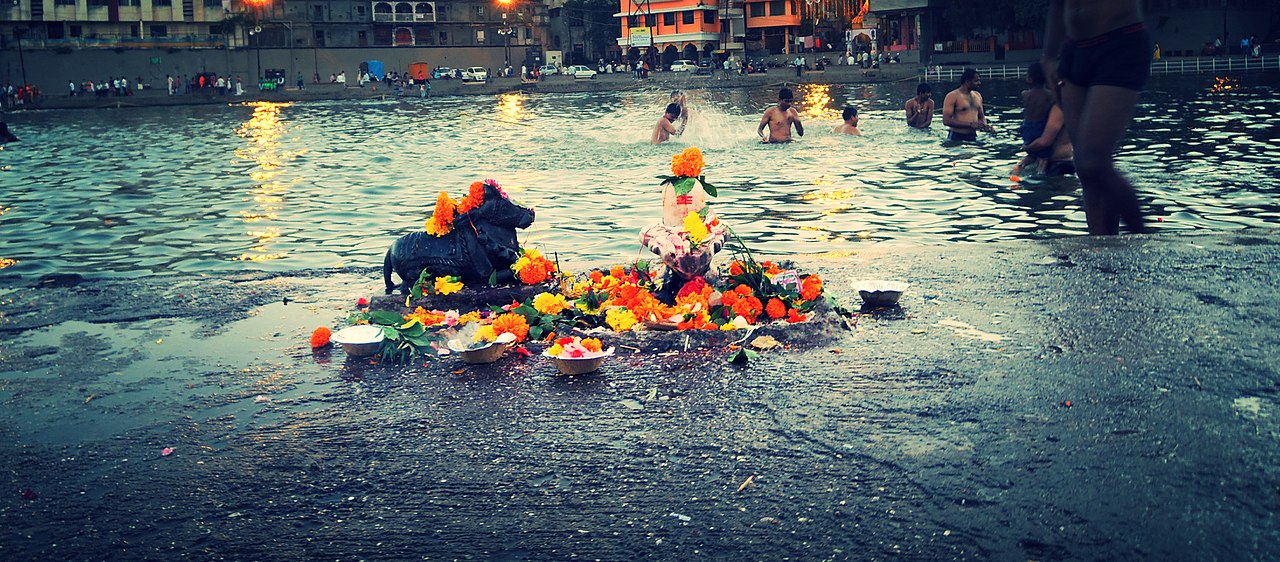Discover the Hidden Gems of Uttarakhand: A Journey Through Culture and Tradition.
Uttarakhand, also known as Devbhoomi, is a state in northern India that is renowned for its diverse cultures, natural beauty, and religious significance. With the Himalayas in the north and the Ganges flowing through the center, Uttarakhand offers a unique blend of culture, adventure, and spirituality that make it an ideal destination for families.
If you are planning a family trip to Uttarakhand, here are some must-visit places that will help you explore the rich culture of this beautiful state.
Haridwar:
Haridwar is one of the most popular pilgrimage sites in India and is considered one of the seven holiest places in Hinduism. It is situated on the banks of the Ganges and is famous for its evening aarti that takes place at Har Ki Pauri. It is also home to several ancient temples, ashrams, and yoga centers that offer a glimpse into the spiritual side of Uttarakhand.
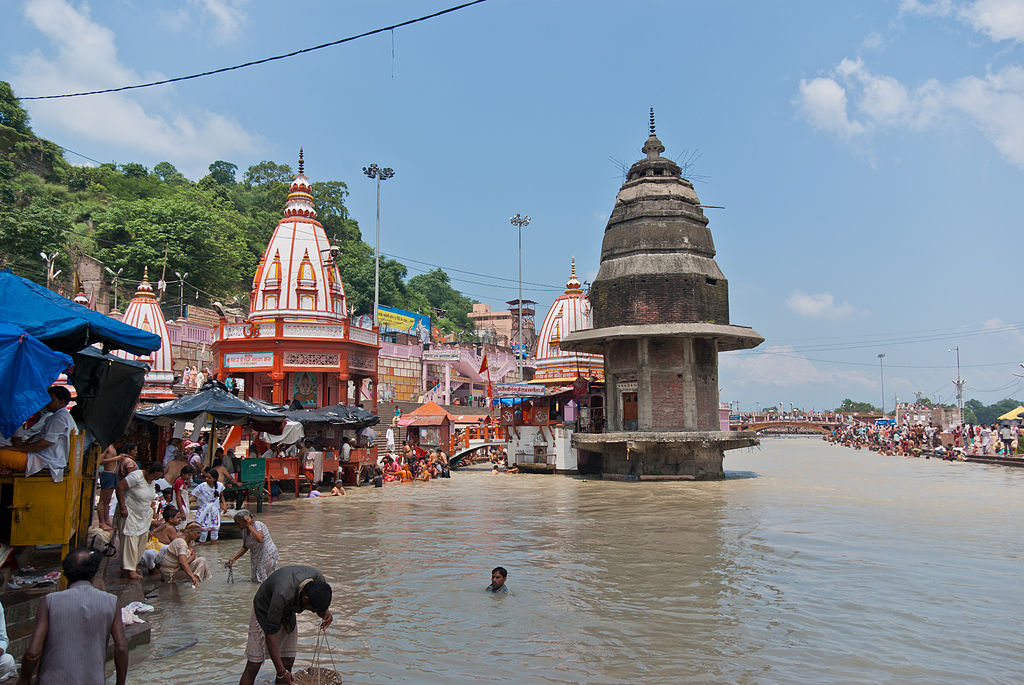
Rishikesh:
Rishikesh is another famous pilgrimage site that is known for its ashrams and yoga centers. It is also known as the “Yoga Capital of the World” and is situated on the banks of the Ganges. Rishikesh is also a popular destination for adventure sports like river rafting, bungee jumping, and camping.
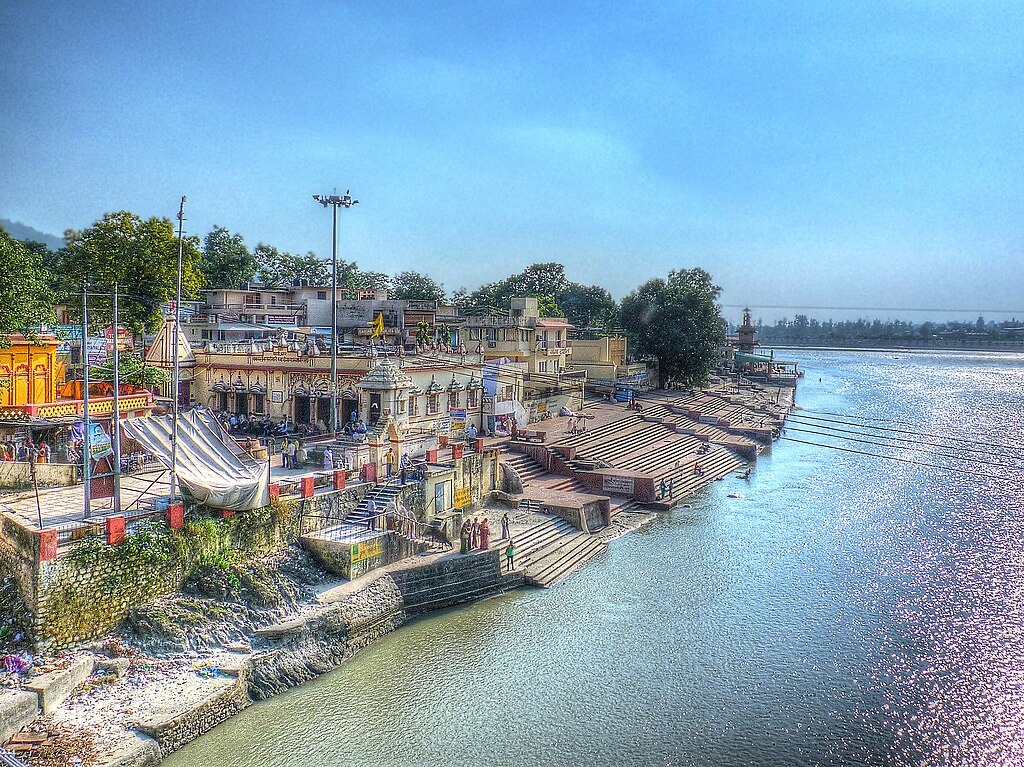
Mussoorie:
Mussoorie is a hill station situated in the foothills of the Himalayas and is known for its scenic beauty and colonial architecture. It offers a variety of activities like trekking, hiking, and cable car rides that are perfect for families. The Kempty Falls, Gun Hill, and Lal Tibba are some of the must-visit attractions in Mussoorie.
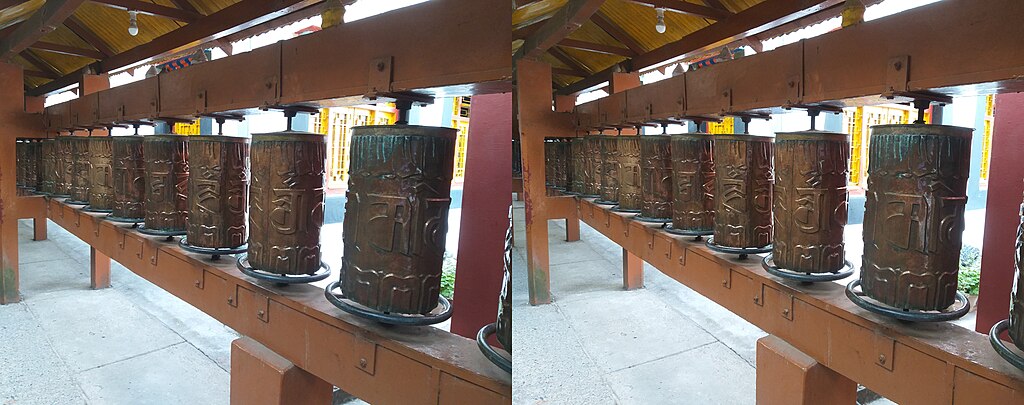
Nainital:
Nainital is a beautiful hill station that is situated around a pristine lake. It is known for its serene beauty and offers a variety of activities like boating, trekking, and horse riding. The Naina Devi Temple and the Eco Cave Gardens are some of the popular attractions in Nainital.
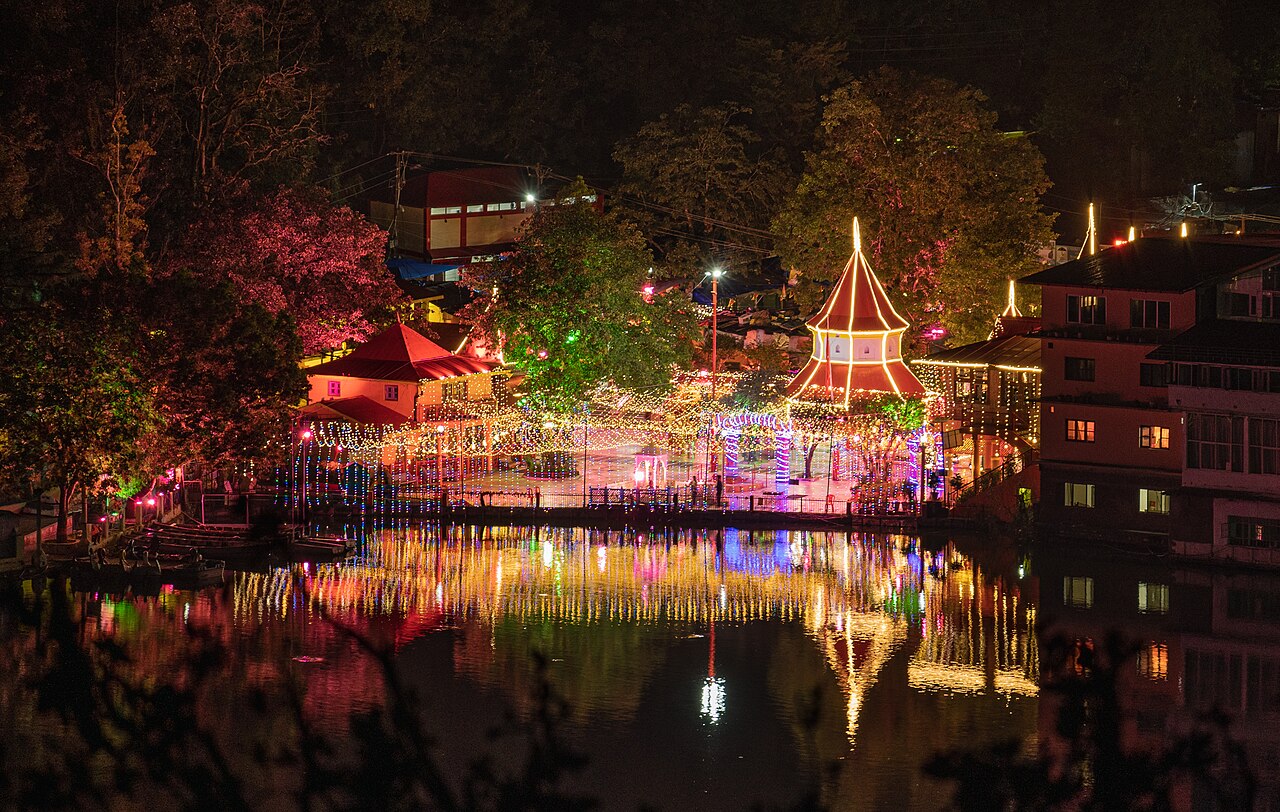
Dehradun:
Dehradun is the capital city of Uttarakhand and is known for its colonial architecture and natural beauty. It is home to several educational institutions and is also a popular destination for trekking and camping. The Robber’s Cave, Malsi Deer Park, and the Forest Research Institute are some of the popular attractions in Dehradun.
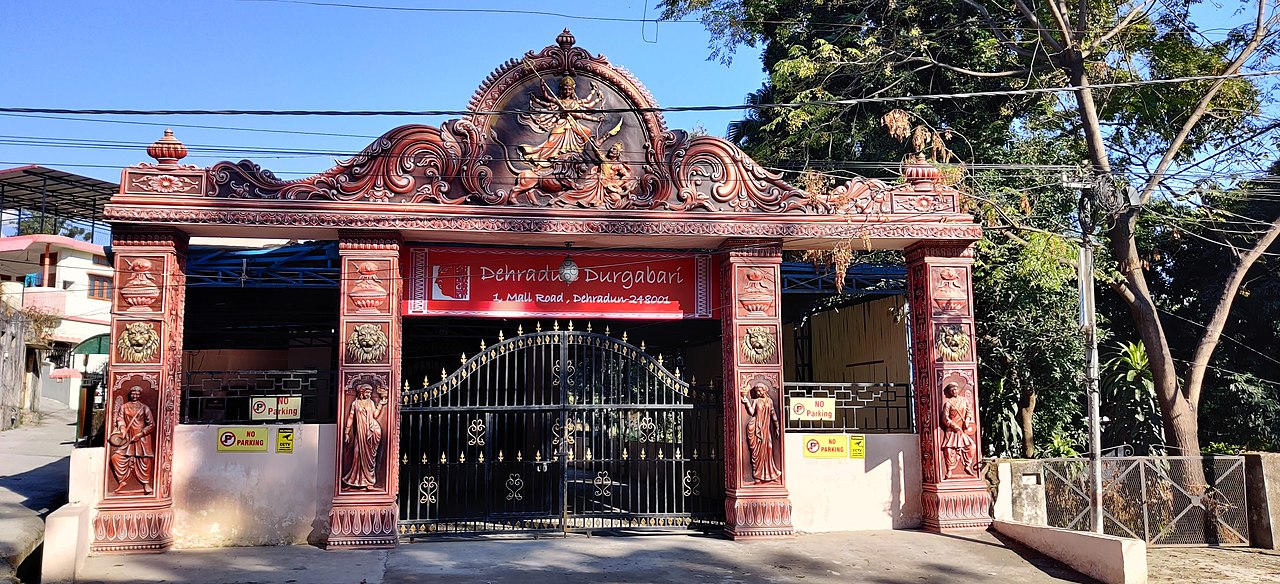
Accommodations
When it comes to accommodations, there are several options available in Uttarakhand that cater to families. From luxury resorts to budget-friendly homestays, there is something for everyone. Some popular options include Club Mahindra, Jaypee Residency Manor, and The Naini Retreat.
In terms of dining options, Uttarakhand offers a variety of cuisines ranging from traditional Garhwali food to international cuisine. Some popular restaurants in Uttarakhand include Kalsang Friends Corner, Cafe By The Way, and The Village Restaurant.
When planning your trip to Uttarakhand, it is important to keep in mind the weather and seasons. The best time to visit Uttarakhand is from March to June and from September to November when the weather is pleasant and ideal for outdoor activities.
In conclusion, Uttarakhand is a beautiful state that offers a unique blend of culture, adventure, and spirituality that is perfect for families. With its breathtaking natural beauty, rich cultural heritage, and warm hospitality, Uttarakhand is a must-visit destination for anyone looking for an authentic travel experience.
Frequently Asked Questions (FAQs)
A: Uttarakhand is known as Devbhoomi, meaning “Land of the Gods,” due to its religious significance and the presence of numerous Hindu pilgrimage sites and temples.
A: Haridwar and Rishikesh are two popular pilgrimage sites in Uttarakhand known for their sacred rivers, Ganges, and spiritual significance. They are also hubs for yoga and meditation.
A: The best time to visit Uttarakhand for a family trip is from March to June and from September to November when the weather is pleasant, making it ideal for outdoor activities and sightseeing.
A: Mussoorie offers a variety of family-friendly activities such as trekking, hiking, cable car rides, and visiting attractions like Kempty Falls, Gun Hill, and Lal Tibba.
A: Rishikesh is known as the “Yoga Capital of the World” but also offers adventure sports like river rafting, bungee jumping, and camping, providing exciting options for families seeking adventure.
FAQs
A: Nainital, known for its beautiful lake, offers attractions like boating, trekking, horse riding, and visits to the Naina Devi Temple and the Eco Cave Gardens, which are popular among families.
A: Dehradun, the capital city of Uttarakhand, offers family-friendly attractions like the Robber’s Cave, Malsi Deer Park, and the Forest Research Institute, which provide opportunities for exploration and learning.
A: There are various accommodation options suitable for families in Uttarakhand, ranging from luxury resorts like Club Mahindra and Jaypee Residency Manor to budget-friendly homestays and guesthouses.
A: Uttarakhand offers a diverse range of cuisines, including traditional Garhwali food, North Indian dishes, and international cuisine. Visitors can explore popular restaurants like Kalsang Friends Corner, Cafe By The Way, and The Village Restaurant.
A: It is important to consider the weather and seasons when planning a trip to Uttarakhand. The best time to visit is from March to June and from September to November, as these months offer pleasant weather and are ideal for outdoor activities.
